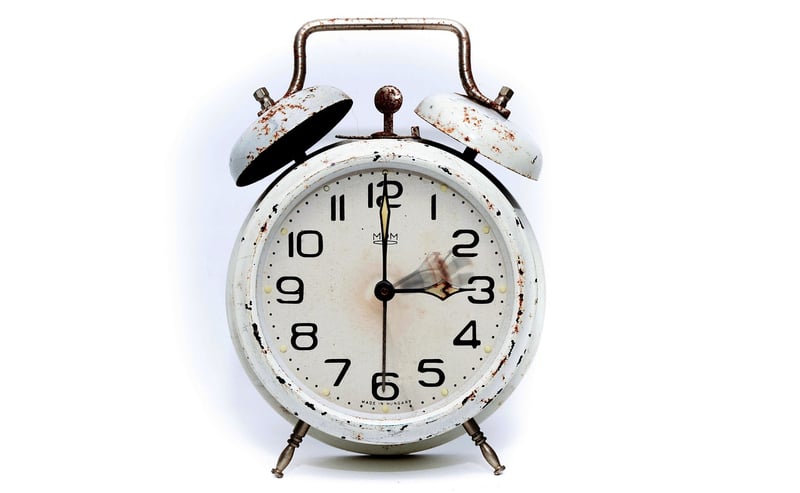Temporal Loops
Navigating Time Conundrums and Temporal Loops
Time travel has been a popular concept in science fiction for decades, captivating audiences with its possibilities and complexities. One of the most intriguing aspects of time travel narratives is the idea of time conundrums and temporal loops.
Understanding Time Conundrums
Time conundrums refer to situations where the laws of causality are challenged or paradoxes arise due to time travel. One classic example is the grandfather paradox, where a time traveler goes back in time and prevents their grandfather from meeting their grandmother, thus preventing their own birth. This creates a paradox - if the time traveler was never born, how could they go back in time to prevent their birth?
Dealing with Temporal Loops
Temporal loops, also known as causal loops, occur when an event causes a chain of events that eventually leads back to the original event. This creates a loop where the future influences the past, and the past influences the future. Films like "Groundhog Day" exemplify this concept, where the protagonist relives the same day repeatedly.
Navigating through the Complexities
While time conundrums and temporal loops make for compelling storytelling, they can be mind-bending to navigate. Writers often use creative solutions like alternate timelines or parallel universes to resolve paradoxes. Understanding the rules established within the fictional world is key to making sense of these complex narratives.
Conclusion
Time conundrums and temporal loops add depth and intrigue to time travel stories, challenging our understanding of cause and effect. Whether you enjoy unraveling the mysteries of temporal anomalies or simply appreciate the creativity they inspire, these concepts continue to fascinate audiences across various media.

Explore the fascinating world of time conundrums and temporal loops in your favorite books, movies, and TV shows, and let your imagination soar beyond the constraints of time itself.
